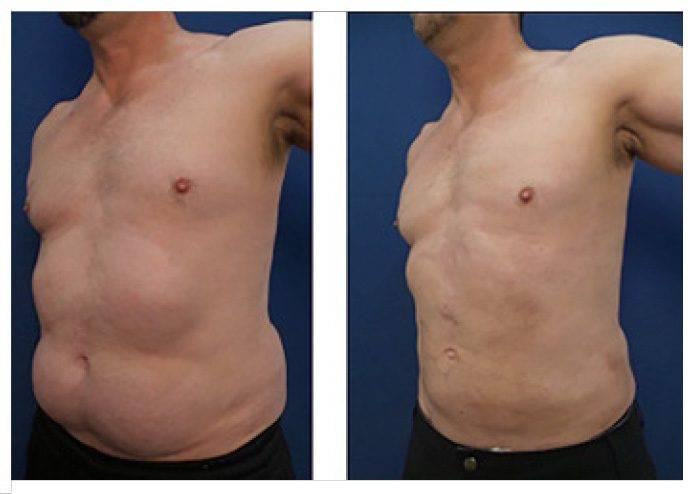
We answer the question «Is Liposuction Safe?» Using liposuction to alter the body’s natural shape and size has become increasingly popular in recent years. However, many people still need to learn about its safety and efficacy. This article will discuss the potential risks associated with this procedure and summarize what is known about its safety profile. We examine the evidence for both short-term and long-term effects on health outcomes and factors that can influence one’s risk of complications from liposuction. Finally, we offer advice on how best to ensure a safe and successful experience when considering this type of surgery.
Liposuction is a surgical technique that removes excess fat deposits beneath the skin’s surface by suctioning them out through tiny incisions near the treated area. It is commonly performed in the abdomen, hips, thighs, back, arms, chin, and neck. The goal of the procedure is to create a more contoured silhouette or improved proportions between different parts of the body; however, it should not be considered a substitute for diet or exercise. While it may yield satisfactory results for some patients, there are inherent risks involved in cosmetic surgery – including those posed by liposuction procedures.
For individuals considering liposuction, understanding these risks can help inform their decision-making process and ensure they have realistic expectations before entering such a major undertaking. To make an informed choice regarding whether liposuction is right for you, it is important to review all available information related to safety concerns surrounding this form of aesthetic treatment.
Liposuction Definition
Different liposuction methods can reshape and contour these areas, improving appearance. This process involves using thin tubes called cannulas that suction out excess fatty tissue while preserving surrounding skin and muscle structures. Depending on the treated area, the procedure requires local or general anesthesia, and recovery time varies based on patient health, age, the extent of the procedure, and lifestyle factors.
As with any medical intervention, safety always comes first when considering liposuction; however, it is also important to consider potential risks associated with this type of surgery. Complications may include infection, bruising or swelling at the incision site, nerve damage, blood clots in deep veins (deep vein thrombosis), organ perforation, and changes in skin sensation such as numbness or burning. These risks are greater for those who are overweight or have existing medical conditions like diabetes or heart disease. In addition, patients should avoid undergoing liposuction if they smoke or take certain medications that can interfere with healing after surgery, including aspirin-based drugs. For smokers, they need to be smoke free for at least two months before having liposuction.
Types of Liposuction Procedures
The type of liposuction used depends on the size, shape, and location of the area to be treated. Common types include tumescent liposuction, ultrasound-assisted liposuction (UAL), laser-assisted liposuction, and power-assisted liposuction (PAL).
Tumescent liposuction involves injecting an anesthetic solution into targeted areas before suctioning away fat cells. UAL uses ultrasonic energy to break down fat cells before they are removed with suction. Laser liposuction uses a laser beam to pierce and melt the fat before removal. Finally, PAL uses a vibrating cannula to loosen and remove fat deposits. All three techniques involve small incisions to access the underlying tissue, where fatty deposits can be vacuumed using special instruments called cannulas. Recovery time varies depending on the extent of treatment, but most people return to normal activities within two weeks following surgery.
Who is a Good Candidate for Liposuction?
It is accepted that liposuction is a safe procedure. It should still be done with caution and under the direction of a board-certified cosmetic or plastic surgeon to ensure the best outcome. Certain criteria must be met to determine whether an individual is suitable for this operation.
The ideal candidate will have good skin tone and elasticity; those who are overweight may not benefit fully from the surgery and could experience complications such as irregular contours or skin dimpling that can only be mitigated by skin excision. In addition, individuals should avoid smoking several weeks before and after surgery and maintain a healthy lifestyle to reduce their risk of infection or other postoperative problems. Candidates should have realistic expectations regarding recovery time and results; liposuction does not guarantee perfect body proportions but enhances existing body shape by removing localized fat deposits.
Patients with medical conditions, including diabetes, heart disease, kidney disease, or poor circulation, may need special consideration before undergoing this procedure since they can increase risks associated with anesthesia and healing. Ultimately, patients must discuss these issues thoroughly with their physicians to decide if liposuction would benefit them.
Risks and Complications of Liposuction
Liposuction is considered a safe surgical procedure, but it has certain risks and complications like any other surgery. Patients must understand the potential risks before deciding if liposuction suits them.
The most common risk associated with liposuction is an infection because of improper wound healing or contamination of the incision site. This can lead to swelling, redness, and pain in the area. Other possible serious medical problems include deep vein thrombosis (blood clots), pulmonary embolism (blockage of an artery in the lungs), and perforation of organs during liposuction. Skin color or texture changes may occur because of uneven fat removal or damage to deeper tissue layers. These issues may require additional treatment, such as laser resurfacing or fillers to correct them. Patients should speak with their doctor about all potential risks before undergoing liposuction.
Preparation for Liposuction Surgery
Preparing for liposuction surgery is a crucial part of the procedure. It’s important to understand what measures are needed before, during, and after the operation to ensure a successful outcome. To begin with, patients must have an initial consultation with their surgeon to discuss any potential risks or complications associated with the procedure. During this time, it’s also important to ask questions about pre-operative instructions, such as fasting and stopping certain medications before surgery.
Following these instructions closely will help reduce risk and improve safety during the operation. If applicable, all necessary tests should be completed beforehand, including blood work, X-rays, and other imaging studies. Patients should also arrange for someone to stay with them overnight following the procedure so they can get proper rest and medical attention when needed. Finally, understanding post-op care instructions, such as taking antibiotics or wearing compression garments, is essential to promote healing and minimize recovery times.
Liposuction Recovery Period
The recovery period following liposuction will vary from person to person, depending on the extent of the procedure. You should expect discomfort in the treatment area for several days after your surgery. Swelling and bruising are common side effects lasting up to two weeks or longer. Your doctor may prescribe pain medication as needed during this time.
It is important to follow all your doctor’s instructions with activity levels during the healing process. You should avoid strenuous activities until given clearance by your doctor, typically a few weeks post-surgery. During this time, wearing compression garments can help reduce swelling and minimize any potential risks associated with overactivity. It would help if you took extra care while recovering to ensure optimal results and safety, so adhere to all guidelines set forth by your physician.
After Care Instructions for Liposuction
After the liposuction procedure, it is important to follow aftercare instructions provided by your doctor. These guidelines will help you achieve optimal results from the surgery and reduce potential complications. Taking care of yourself during recovery is also important, as this can affect your healing process.
During recovery, keep physical activity levels low for at least two weeks following the procedure. This means avoiding strenuous activities such as running or lifting heavy objects. You should also avoid any exercise that requires bending over or lying on your stomach. Wear loose-fitting clothing and ensure that any bandages are kept clean and dry. Your surgeon will recommend that you use a compression garment.
It’s essential to get plenty of rest while you recover; try to sleep with your head slightly elevated to reduce swelling in the area treated by liposuction. All these steps can help promote proper healing and provide good postoperative outcomes from liposuction treatment.
Alternatives to Liposuction
Non-surgical alternatives to liposuction are available. These treatments may benefit patients who wish to reduce fat deposits that have not responded to diet and exercise. Non-invasive methods, such as radiofrequency or Cryolipolysis, can help improve the contour of targeted body areas without surgery, but they are not nearly as effective.
These treatments use targeted energy sources, either heat from radiofrequency or cold from cryolipolysis, to disrupt fat cells. This helps break down their content and remove it through natural metabolic processes. Unfortunately, the results are nominal and can be associated with complications; Cryolipolysis, in particular, can be associated with the paradoxical overgrowth of fat cells, termed paradoxical adipose hyperplasia.

Benefits of Liposuction
Liposuction is an effective way to remove excess fat and improve body contours. It has become increasingly popular because of its safety record and the fact that it typically results in a pleasing aesthetic outcome. Liposuction has many benefits for both men and women who desire improved body shape or size.
First, liposuction allows for the precise removal of unwanted fat from areas such as the abdomen, buttocks, hips, thighs, arms, chin, and neck. This precision ensures that the patient will achieve their desired result with no unnecessary over-correction or under-correction of fatty tissue. The procedure also leaves skin looking smoother and firmer after healing since there is no need to excise large amounts of tissue. Patients can expect increased self-confidence in their physical appearance following successful liposuction surgery.
Besides improving physical aesthetics, this cosmetic surgery can also have medical implications. Liposuction may be combined with other procedures to treat certain conditions, such as gynecomastia (enlarged male breasts) or lymphedema (swelling caused by excessive fluid accumulation). Removing excess fat deposits through liposuction techniques can address these issues more effectively than surgical excision alone. Ultimately, this leads to better outcomes for the patient, medically and cosmetically.
Cost Considerations for Liposuction
The procedure’s complexity and any additional treatments that may be required should also be considered when estimating costs. Traditional liposuction can be more expensive than newer forms, such as laser or ultrasound. It’s important to discuss all potential costs with your doctor to decide which type of treatment will best suit your needs.
Most insurance companies do not cover the cost of liposuction because of its cosmetic nature; however, individuals can often finance their procedures through medical lenders or other third-party services. Some clinics offer payment plans, enabling patients to pay for their surgery. Patients should always research financing options thoroughly before deciding on their procedure.
Is Liposuction Safe – Conclusion
It has its risks, just like any other surgery, but with proper preparation and aftercare instructions, these can be minimized. Patients should also consider alternatives to liposuction, such as diet and exercise, although the results may be less dramatic and long-lasting. The benefits of liposuction cannot be overstated; it provides individuals with improved body contours they may not have been able to achieve through traditional methods alone. The cost considerations associated with the procedure make it an accessible option for many people.
Ultimately, liposuction is a viable option for anyone looking to improve their physical appearance in a meaningful and lasting way. Closely evaluating one’s goals and expectations will help determine if this course of action is right for them. Let us know if you think we address the main question for this article, is liposuction safe?
